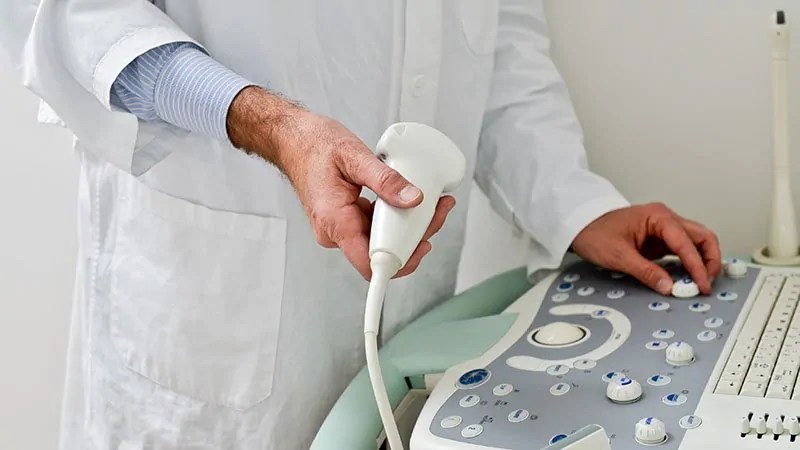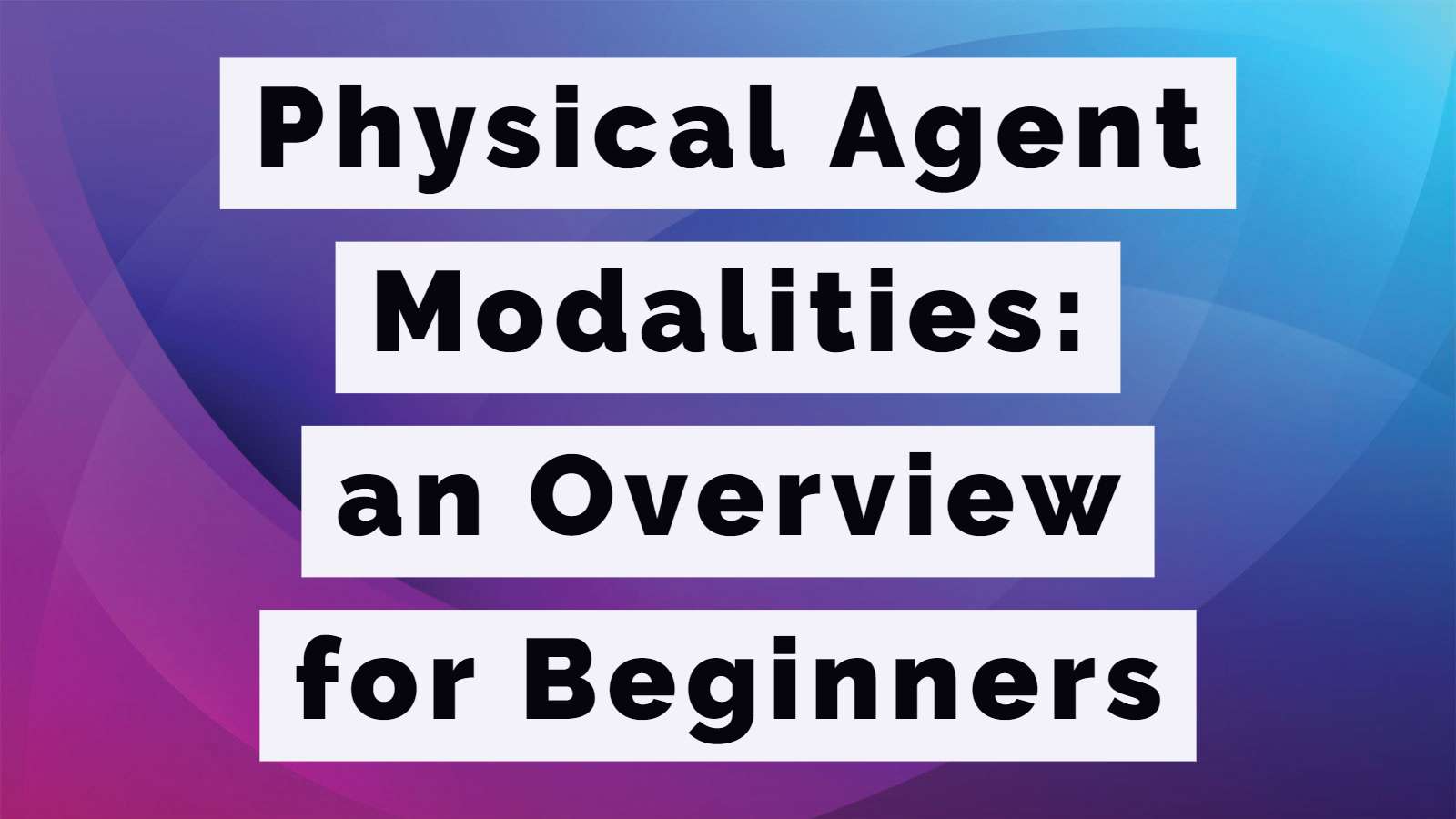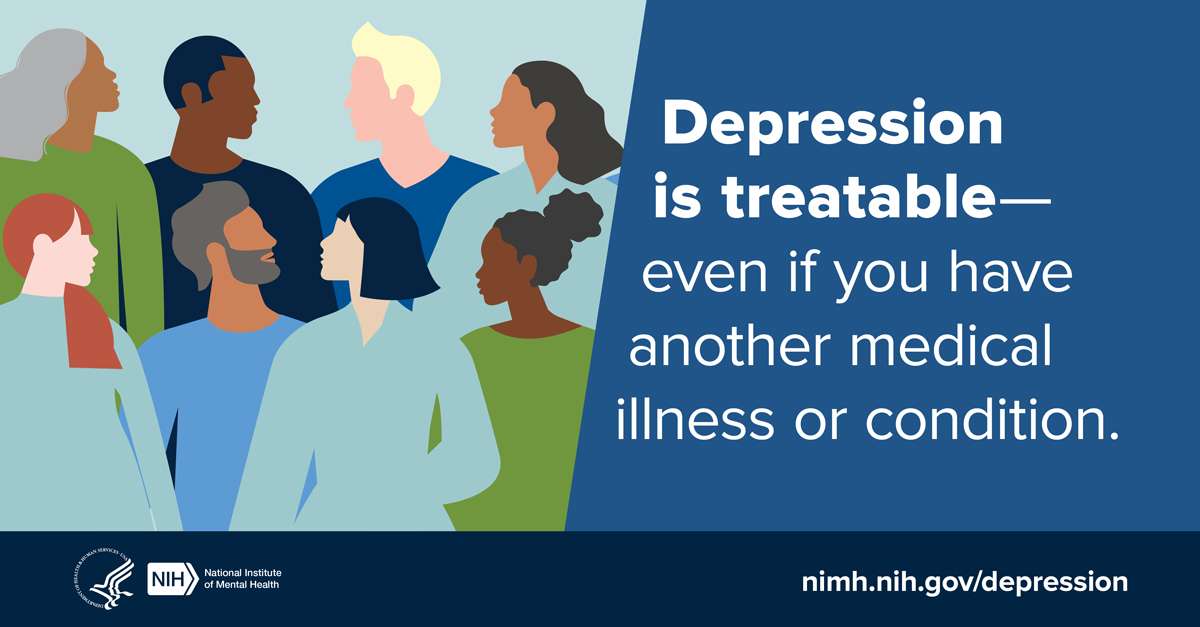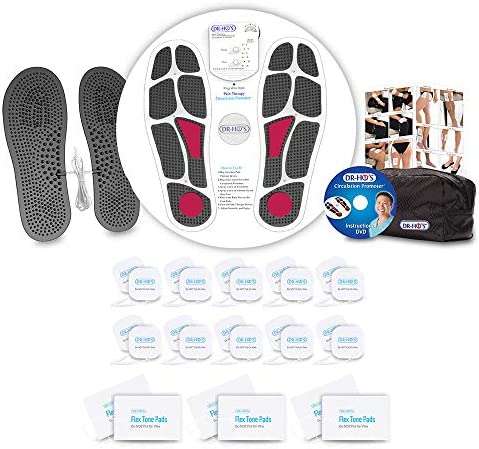Are you new to using physical agent modalities, also known as PAMs?
The use of physical agent modalities was controversial in the profession of occupational therapy for many years. But, as professional roles and licensure acts were passed, the use of these modalities by OTs was clarified and approved by the American Occupational Therapy Association (AOTA).
In 2008, AOTA published (and updated in 2020) a position paper on the use of physical agent modalities that every occupational therapist should review prior to using modalities. The paper emphasizes that PAMs are used by OTs as treatments to prepare an area for other treatment techniques, such as functional activity.
PAMs may also be used concurrently with therapeutic activity or exercise. We want to note that the use of PAMs without applying their effects to occupational performance is not considered occupational therapy. OTs should always use PAMs with the ultimate goal of improving their patients’ functional abilities.
Keeping the above in mind, this article will provide you with a brief description of some of the more commonly used physical agent modalities.
You will encounter many of these modalities in adult inpatient, outpatient and long-term care settings. If you are not familiar with PAMs, you should also seek out additional continuing education and training in their use before you include them in your practice.
Superficial Thermal Modalities
Superficial thermal modalities provide heat or cold to the skin and superficial tissues. They are often used for pain relief. They are also used to prepare an area for other treatment techniques, such as passive or active range of motion, tissue massage, or functional activities.
Here is a list of the more commonly used superficial thermal modalities:
Hot Packs
Hot packs provide superficial moist heat to a treatment area and are used commonly in chronic pain or recurring conditions. The heat increases circulation to the affected area and helps to decrease pain and improve joint mobility. The packs contain an inner substance that holds moist heat and are usually prepped in a hot water bath. Microwavable hot packs are also available for purchase on Amazon.
Cryotherapy
Included in this category are cold packs and ice. These agents cool down an area to relieve pain and reduce edema and are commonly used in acute injuries or conditions.
Contrast Bath
A contrast bath is a specific thermal agent technique where the hand or arm is alternately immersed in warm water and cold water or ice. The technique is primarily used to reduce edema and increase blood flow to the affected area.
Whirlpool Bath
Whirlpool baths are used to reduce edema and increase blood flow to the affected area. The water temperature can be adjusted based on the needs of the patient. Range of motion exercises can be performed at the same time. Whirlpool is often used in preparation for wound care.
Fluidotherapy®
Fluidotherapy® uses a specially designed machine that contains tiny particles in a chamber. The unit blows dry heat into the chamber that forces the particles to move. When the affected limb is placed in the chamber, the unit provides dry heat and massage from the particles to the limb. This modality is often used to relieve hand pain, reduce edema, and increase circulation.
Paraffin Bath
Paraffin, or hot wax, is used to heat a hand or foot prior to other treatment techniques to increase circulation and reduce pain or stiffness. The paraffin is melted in a special heating unit and the hand is dipped several times to provide a thick coating, which retains the heat. The hand is then wrapped in plastic wrap and towels to keep the heat in for a set period.
Infrared Light Therapy
Infrared light therapy provides electromagnetic low level radiation to heat an area in preparation for other treatment techniques. There is some evidence that light therapy may promote wound healing and tissue repair in slow-healing wounds or injuries.
Deep Thermal Modalities
Deep thermal modalities provide heat to the deeper tissues of an area, such as underlying muscle tissue, tendons, or fascia. Here is a list of the more commonly used deep thermal modalities:
Ultrasound

Ultrasound therapy uses sound waves that are produced at frequencies too high to be heard by the human ear. These sound waves use vibration to produce a deep heating effect in body tissues, which increases blood flow to the affected area to promote healing.
The ultrasound machine can localize this heating effect in a desired area, based on the size and type of ultrasound head used.
Phonophoresis
Phonophoresis uses ultrasound to deliver medication under the skin to provide pain relief and edema control to an area. A concentrated form of hydrocortisone is the most commonly used medication for this treatment.
Diathermy
Short wave diathermy uses a high frequency electric current to generate heat within body tissues. Diathermy units usually have large delivery heads that provide heat to larger areas, so contraindications must be checked to make sure areas adjacent to the treatment area will not be adversely affected.
Diathermy is often used when it is not possible to use more concentrated forms of heat on an area due to positioning limitations or patient comfort.
Electrotherapeutic Agents
Electrotherapeutic agents use various forms of electric current to provide treatment to an area. Depending on the type of current used, these modalities can help relieve pain, reduce edema and inflammation, promote tissue healing, and facilitate muscle function and strength.
Electrotherapeutic agents are more easily incorporated into occupational therapy treatment than other modalities because they lend themselves well to use during functional activities. Most electrical stimulation units include settings for all of the various electrotherapy types.
The following is a list of the more commonly used electrotherapeutic agents.

Transcutaneous Electrical Nerve Stimulation (TENS)
TENS uses electrical currents to stimulate the nerve endings at frequencies that reduce pain. Electrodes are placed surrounding the painful area to provide specific types of electrical current to block pain receptor signals from being sent to the brain. Another theory behind TENS is that it may also raise endorphin levels (the body’s natural pain-killing chemical), which also helps to block the person’s perception of pain.
Neuromuscular Electrical Stimulation (NMES)
Neuromuscular electrical stimulation uses electrical currents to facilitate muscle contraction. Electrodes are placed on specific points of the muscles to elicit contraction with adjustable current intensities.
NMES is often used to help strengthen weak muscles and promote normal muscle movement patterns when used in conjunction with functional activities.
Functional Electrical Stimulation (FES)
Functional electrical stimulation uses the same types of electrical currents as NMES but uses shorter pulse frequencies. It is often used to help a patient initiate a muscle movement when more active movement is present in the muscle.
Iontophoresis
This electro modality uses a mild electrical current to push medication through the skin to underlying tissues. Medication is contained in a water-based medium that is usually prepackaged into an electrode. The electrodes are placed on the affected area and the iontophoresis unit is used to deliver the medication, which is usually lidocaine or hydrocortisone.
Iontophoresis is used to reduce pain, inflammation and edema in an affected area and is often used as an alternative to cortisone injections.
____________________
This list of physical agent modalities is definitely not exhaustive. You will most likely encounter other forms of PAMs in your OT practice.
If you intend to use any modality, be sure to research it and complete training in its use so that you can use that PAM in the most effective manner to help your patients increase function.
When used to promote independence, physical agent modalities can be very effective occupational therapy tools for your toolkit.
Note: If you’re a new practitioner or you are moving to another state, be sure to check with your state for regulations regarding physical agent modality certification. Some states require official PAMPCA certification before using any PAM, even if they’ve been covered in your OT program or you have experience using PAMs in another state.
Reference
McPhee, S., Bracciano, A., and Rose, B. (2008). Physical agent modalities: a position paper. American Journal of Occupational Therapy 62:691-693. Retrieved 6/26/2018 from https://ajot.aota.org/article.aspx?articleid=1867124
This post was originally published on December 3, 2018 and updated on May 19, 2021.
A modality is a type of electrical, thermal or mechanical energy that causes physiological changes.
It is used to relieve pain, improve circulation, decrease swelling, reduce muscle spasm, and deliver medication in conjunction with other procedures. Typical types of modalities include electrical muscle stimulation, ultrasound, heat, ice, and traction.
Ultrasound (US)
- High frequency sound waves that produce a form of deep tissue heating
- For relief of pain and muscle spasm
- Promotes circulation
- Relaxes tight muscles/soft tissue – prepares tissues for stretching
Phonophoresis
- Use of ultrasound to drive in topical medications through the skin
- Medications are usually a form of cortisone and xylocaine
- For treatment of localized inflammations, eg. Heel spurs, tendonitis
Electrical Stimulation
- Use of different forms of electrical current through surface electrodes that cause muscles to contract and relax
- For relief of muscle spasm, pain and swelling
- For muscle re-education and strengthening
Iontophoresis
- Use of electrical current to drive topical medications through the skin
- For treatment of localized inflammation, scar softening, reduction in joint calcium deposits
Traction
- A longitudinal pull or distraction of spinal segments for the relief of nerve irritation (radicultis) or muscle spasm by use of a machine on the cervical (neck) spine with the use of a neck halter or lumbar (low back) spine with the use of a pelvic belt attached to a patient lying down
- Can also be done manually
Transcutaneous Nerve Stimulation (TENS):
- Use of low voltage electrical current through surface electrodes that overrides the sensation of pain
- Small unit (slightly larger than a beeper) worn throughout the day for pain control that the patient can apply a needed
Moist Heat (Hydrocollator)
- Produces a deeper heat than a dry heating pad
- Increases circulation, reduces swelling, relaxes muscles/soft tissue, prepares tissue for other treatments
Cold/Ice
- Use of “ice packs” or “ice massage” in acute injuries and for pain relief (acute or chronic)
- Reduces swelling, inflammation, muscles spasm
Paraffin
- A form of heat using paraffin wax and mineral oil
- Usually applied to hands or feet where other applications of heat are difficult



